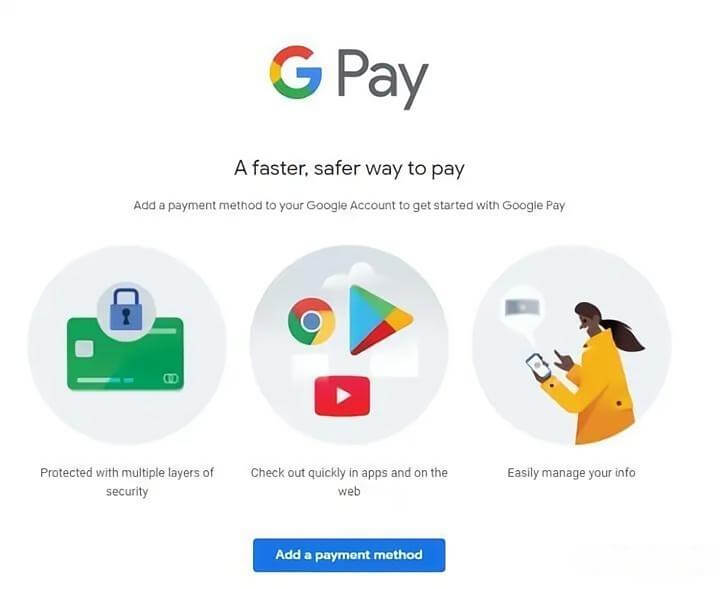When managing operations, there are two main concerns: either there’s no traffic, or you can’t convert the traffic into sales. Failing to convert traffic is fundamentally a conversion rate issue. This article breaks down how to increase your product’s conversion rate from two perspectives: Value and Trust. Hope you find it helpful!

Conversion Rate: The Lifeblood of Operations
As an operator, you know that conversion rates are the lifeline of any business.
No matter how many new users you attract or how high retention rates are, in the end, it's all about how much you monetize. After all, once you convert, you make money, and with money, businesses can survive and grow.
So, how exactly do you improve your product’s conversion rate?
Let me give you a formula:
Value + Trust = Conversion Rate
No matter how many techniques or tools you use to boost your conversion rate, everything boils down to these two essentials: Value and Trust. Value addresses why they should buy, and trust answers why they should buy from you and not someone else.
Part 1: How to Solve the Value Problem
Let’s first talk about solving the value problem.
1. Make Your Product Descriptions As Detailed As Possible
Clearly explain your product:
You must articulate your product's features clearly, so customers understand it. For example, if you’re selling clothes, you need to provide details like size, weight, material, color options, and any unique design features. Describe things like cut, what occasions the outfit suits, and comfort—this way, customers can visualize the product and are more likely to trust you.
Bring your product to life:
Describing features alone isn’t enough; you need to help customers imagine themselves using the product. For instance, if you’re selling a smartwatch, talk about how it tracks heart rate during runs, how it reminds you of meetings, or how it logs health data. When customers can picture themselves using the product, they’ll find it more useful and naturally want to buy it.
2. Use Data to Prove Your Product’s Value
Let the data speak:
Present hard data that convinces customers. For example, share sales figures like how many units have sold since launch or the user growth rate—this shows that your product is gaining popularity. You could also conduct a satisfaction survey to demonstrate how pleased customers are with your product. Displaying this kind of data reassures customers that the product is tried and tested.
Compare it with competitors:
Customers love to compare products. You can highlight some key metrics and show how your product outperforms the competition, whether in terms of performance, durability, or customer satisfaction. Through comparison, show customers that while there are many options on the market, your product stands out as their best choice.
3. Leverage Authority
Authority endorsements:
To gain a foothold in the market, your product needs authority certifications and awards. For example, if a product carries a “Certified International Quality” label, customers immediately perceive it as valuable.
Partners' reputations:
If your product has partnerships with renowned brands or institutions, make those affiliations known. For example, if you are a designated supplier for a major brand or have collaborated with a well-known institution, showcasing these relationships can enhance the perceived value of your product, making customers more inclined to choose it.
4. Highlight Scarcity
Use tactics like limited-time offers, limited quantities, exclusive prices, or reservation-only deals to highlight scarcity and boost the perceived value of your product.
For example, “This smartwatch is 20% off only this weekend—don’t miss out,” or “This watch is limited to 500 units worldwide, each with a unique serial number,” or “This smartwatch is exclusively available through us and cannot be found elsewhere.”
Part 2: How to Solve the Trust Problem
Now that we’ve addressed the value issue, let’s discuss how to build trust.
1. Give First, Ask Later
Trust often starts with giving. Before customers decide to buy, offer something of value for free.
For example, free trials, consultations, or eBooks, along with common e-commerce practices like free shipping and order discounts, can demonstrate your goodwill and professionalism. This generosity builds trust with customers.
2. Lower the Purchase Barrier
Once users spend money on your platform, their likelihood of spending again greatly increases. The jump from zero to one is often the hardest, but after the first purchase, the second one is much easier.
Encourage users to take the first step by simplifying the purchase process—reduce clicks, offer installment payments, or free returns. Anything that reduces hesitation for the first purchase will increase the likelihood of trying your product.
3. Leverage the Herd Effect
People are often influenced by the behavior of others, especially when they see large numbers of people choosing the same product. When users see that many others are buying something, they assume it must be worth buying. For example, seeing a restaurant with a huge queue makes people think the food must be great.
You can tap into this behavior by showing a large number of positive reviews, sales data, or social media shares to trigger potential customers’ herd mentality and persuade them to follow the crowd.
4. Showcase Success Stories
When customers see the positive effects that others have achieved, it raises their expectations of the product. For example, if someone uses a face mask and sees better skin, they’ll want to buy it. Or if someone took a course that drastically improved their skills, others will want to sign up. Similarly, if someone made money using a stock trading app, others will want to try it too.







